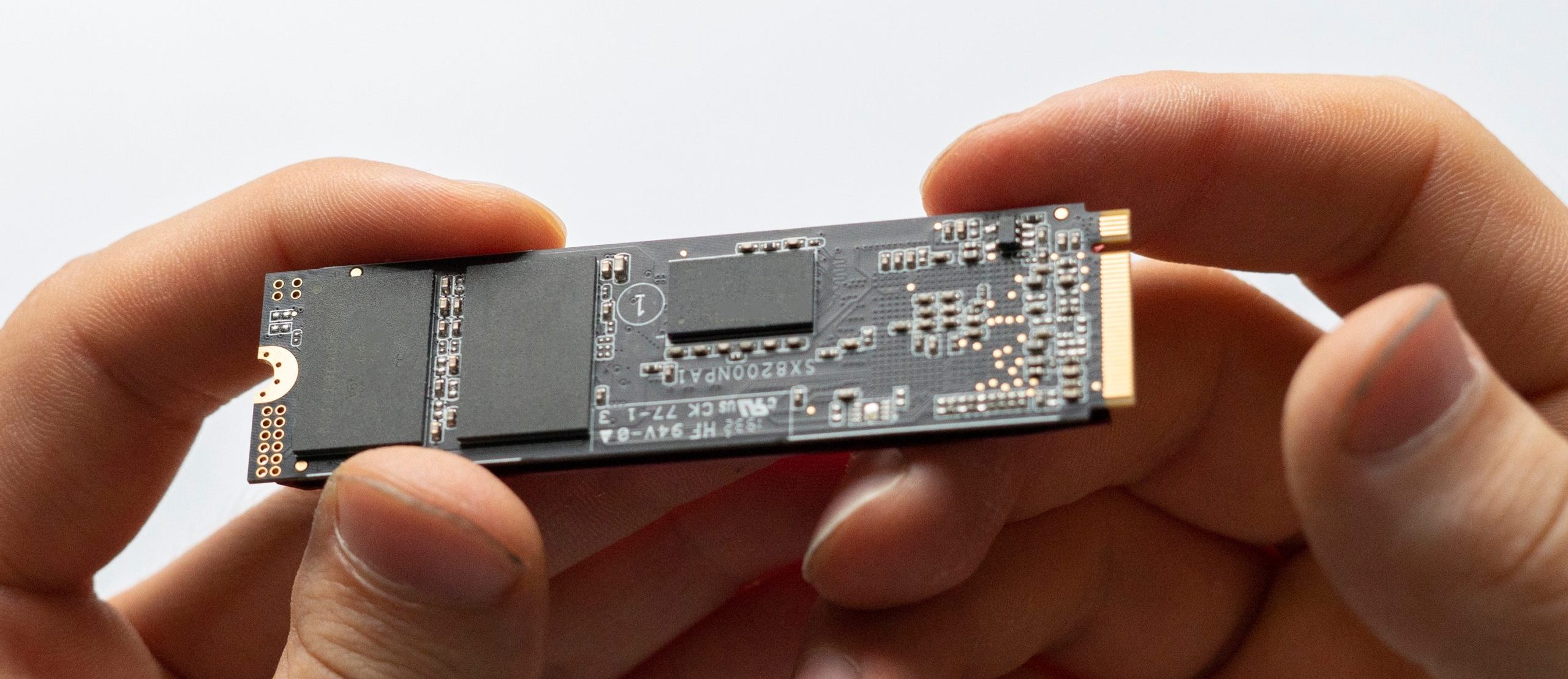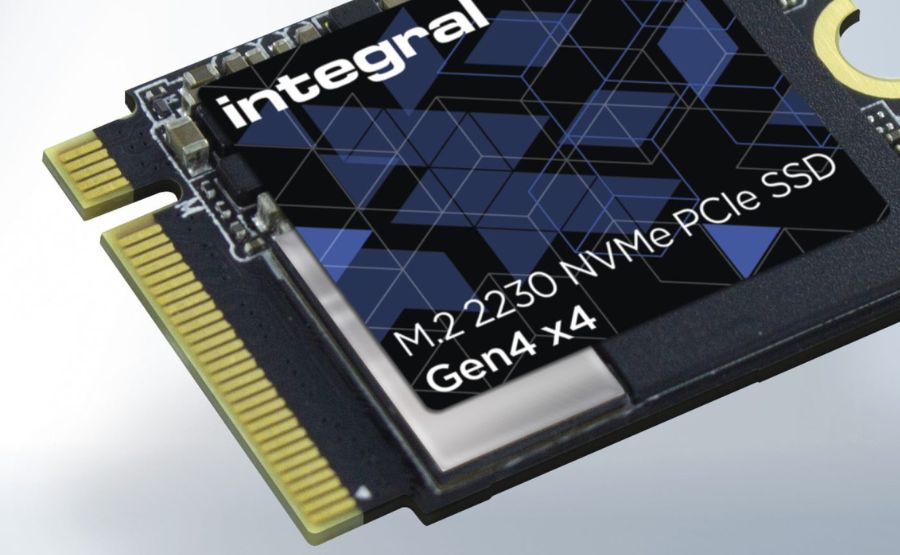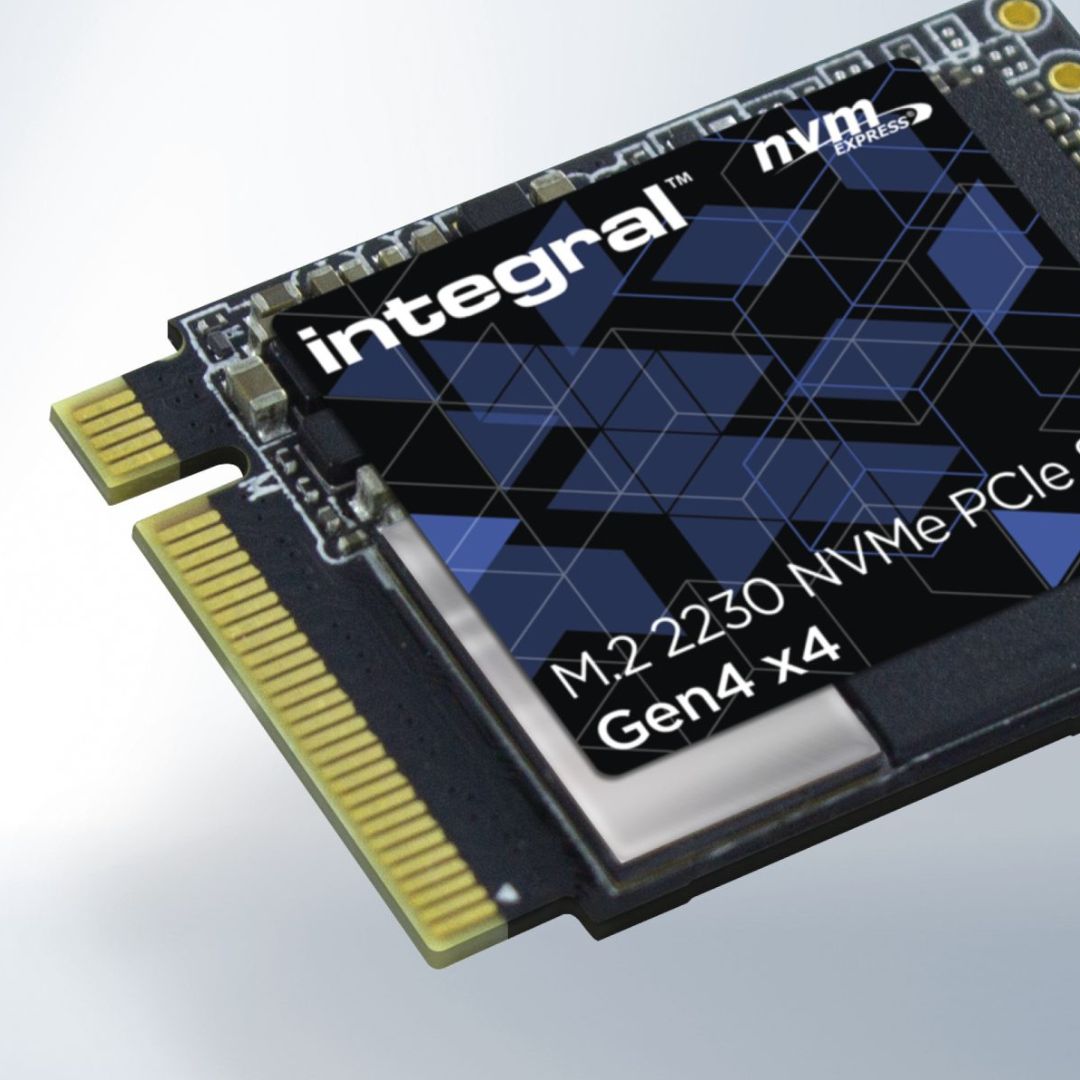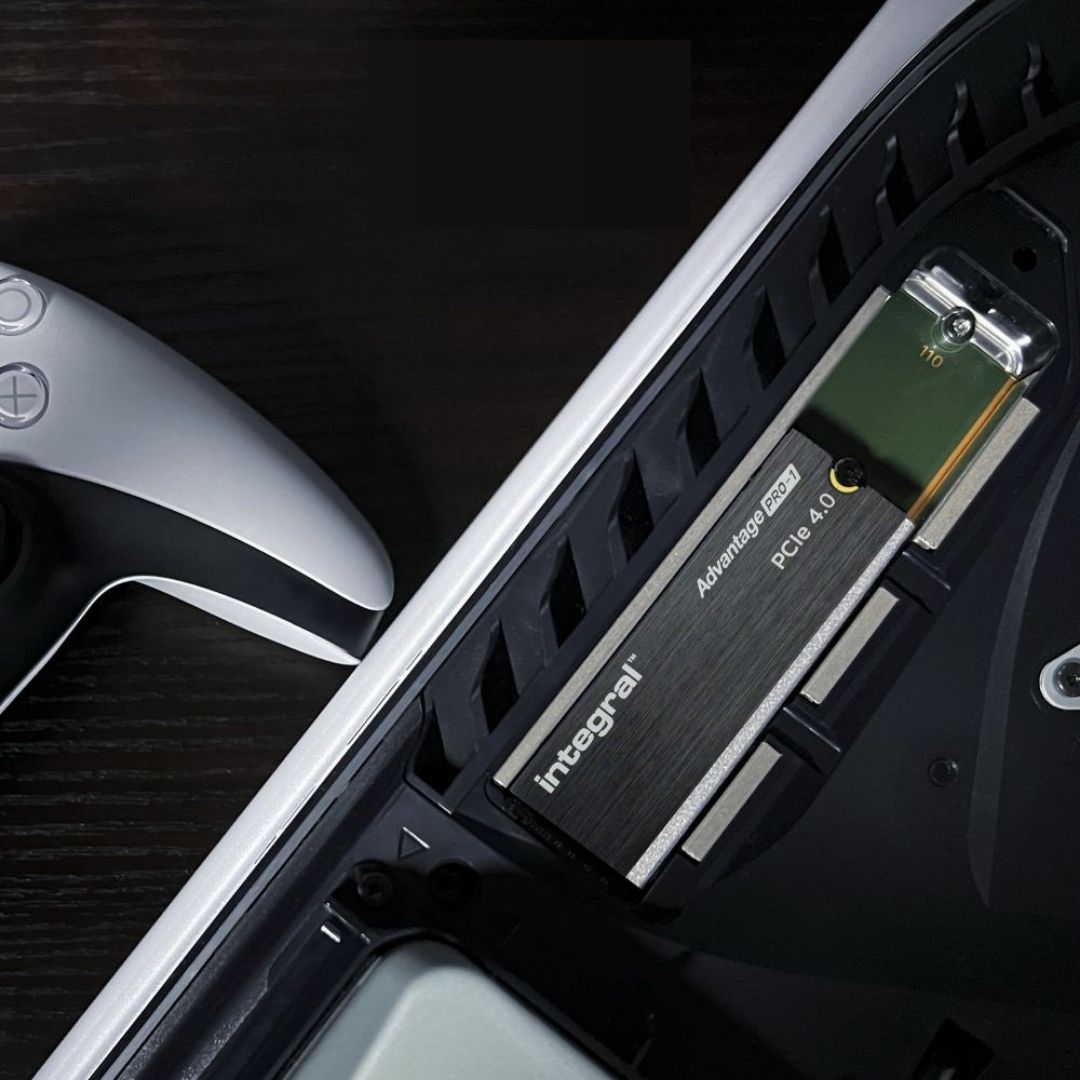Solid-state drives (SSDs) have become synonymous with high-performance storage solutions, gradually eclipsing traditional hard disk drives (HDDs) due to their superior speed, durability, and efficiency. SSDs utilise NAND flash memory to store and retrieve data, eliminating the mechanical limitations of HDDs that rely on spinning disks. As the demand for faster and more reliable storage solutions surged, the evolution of PCIe (Peripheral Component Interconnect Express) technology became instrumental in unlocking the full potential of SSDs.
What is PCIe?
The PCIe interface is a high-speed data transfer standard designed to connect various hardware components within a computer, notably emphasising rapid communication between the motherboard and expansion cards. Using dedicated lanes to transfer data avoids the bottlenecks which were evident in older technologies (like SATA connectors). Most SSDs have 4 lanes for data transfer.
PCIe 1.0: The Foundation
Introduced in 2003 by PCI-SIG (Peripheral Component Interconnect Special Interest Group), PCIe 1.0 laid the groundwork for SSDs to become mainstream by providing a high-speed data transfer interface. Along with a reduction in price, this marked the initial shift away from HDDs, offering users a glimpse of the enhanced performance and reduced latency that SSDs could provide. Its data transfer rate of 2.5GT/s (gigatransfers per second) per lane set the stage for faster, more efficient communication between the SSD and the motherboard. For 4 lane SSDs, this equates to a throughput of 1GB/s.
Gen 2: Doubling the Speed
Four years later, PCIe 2.0 doubled the data transfer rate to 5GT/s, with the per lane throughput increasing to 500MB/s, solidifying the position of SSDs as the preferred storage solution. SSDs utilizing this interface saw a significant boost in performance, enabling quicker read and write speeds. The improved speed not only benefitted data-intensive applications but also made solid-state drives more accessible to a broader range of users, whilst the backward compatibility of PCIe 2.0 slots ensured a smooth transition for users adopting this advanced technology.

PCIe 3.0: Unleashing High Speeds
With the introduction of PCIe 3.0 in 2010, SSDs reached new heights in performance. The data transfer rate increased by around 60% to 8GT/s, making PCIe 3.0 SSDs a staple for users seeking faster and more responsive storage solutions. The enhanced bandwidth facilitated faster access to stored data, reducing latency and improved overall system responsiveness.
The faultless integration of PCIe Gen 3 technology with our latest small-scale form factor 2230 and 2242 SSDs marks a significant leap in compact storage solutions, enabling even the smallest devices to take advantage of the increased speed and performance created by the PCIe interface. Whilst the upgrade needs of small devices have previously been overlooked when companies have considered solid-state drive manufacture, our smaller form factor SSDs allow hand-held gaming devices and ultra-thin laptops to offer the same high-speed experience as a full-size desktop PC.
Gen 4: The Need for Speed
After a long 7 year gap, PCIe 4.0 took SSD performance to the next level, boasting a data transfer rate of 16GT/s. PCIe 4.0 SSDs showcased then unparalleled read and write speeds, making them highly sought after for enthusiasts and professionals demanding top-tier performance.
Integral offers a wide range of Gen4 SSDs, including a compact form factor 2230 and a 2280 with in-built heatsink to maximise performance and minimise throttling.
PCIe 5.0: Pinnacle of Performance
The latest milestone in PCIe technology, PCIe 5.0, was introduced in 2019, elevating data transfer rates to an astonishing 32 GT/s, allowing unprecedented speed and efficiency. PCIe 5.0 SSDs are poised to redefine storage performance, meeting the escalating demands of modern applications, gaming, and data-intensive workloads.
Although PCIe Gen 5 is technically available, its widespread adoption and integration into the market are still in the emergent stages. The technology, offering even higher data transfer rates compared to its predecessors, is gradually gaining momentum as hardware manufacturers and system developers navigate the transition. As the industry acclimates to the evolving standards, we anticipate a progressive shift toward PCIe Gen 5 becoming more prevalent in a variety of applications, further solidifying its role as the next frontier in high-speed data transfer. Integral are launching our new M.2 2280 NVMe SSD, the Edge, imminently.
The future of PCIe technology holds promising advancements that are poised to redefine the landscape of high-speed data transfer within computing systems. As demands for faster and more efficient data processing continue to escalate, PCIe is anticipated to evolve further, introducing higher data transfer rates, increased bandwidth, and enhanced scalability. Future iterations may focus on addressing emerging technologies such as artificial intelligence, machine learning, and data-intensive applications, providing the necessary foundation for consistent integration and optimal performance. The ongoing evolution of PCIe is likely to play a pivotal role in sustaining the rapid pace of technological innovation and meeting the increasingly complex demands of modern computing.


